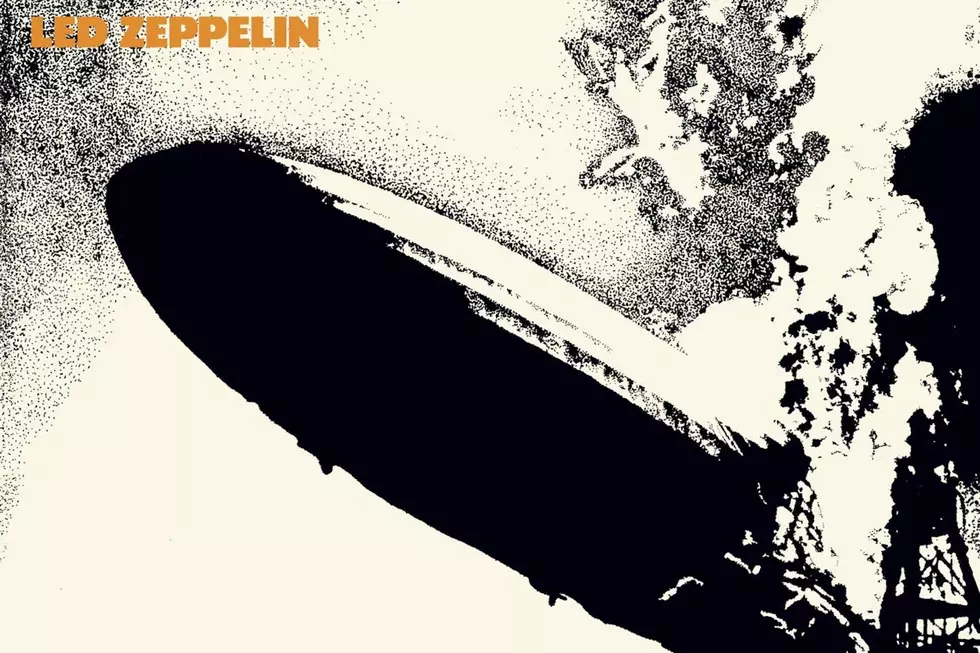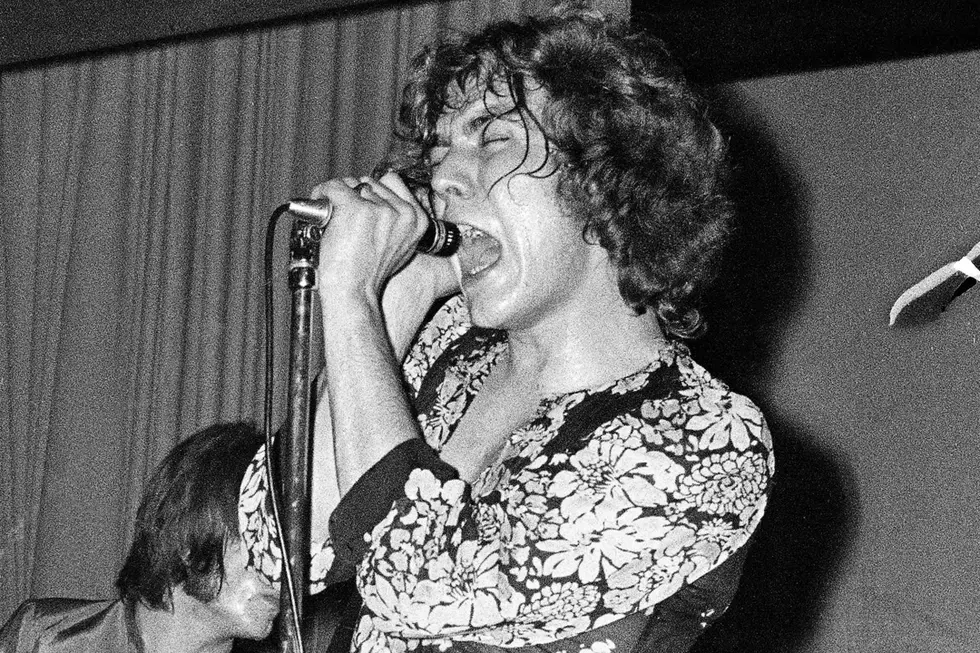
Jimmy Page Says Led Zeppelin’s ‘Physical Graffiti’ Had No Filler
Time spent reevaluating Led Zeppelin's Physical Graffiti as part of a new reissue series has only confirmed Jimmy Page's feelings about including older material in the original double-album release. These items weren't filler, he argues, but valuable creative moments that needed to be heard.
"It gave us the chance to put in the material that was left over from the first visit to [the] Headley [Grange recording studios in Hampshire, England]," Page told Rolling Stone. "There were three tracks that were left off of the fourth album, and that was 'Boogie With Stu,' 'Night Flight' and 'Down by the Seaside.' If you think about it, you couldn't have substituted anything off the fourth album with any of those tracks, quite rightly so. Each of them had their own individual charm and character."
Led Zeppelin also had "Houses of the Holy" completed, so "that was four things, straight away," Page added. "And, you know, given the chance of having a good run at this writing and recording process, I didn't want it to be a double-album with any padding on it. It would be a double-album with all character pieces – the way that Led Zeppelin did their music with the sort of ethos of it, if you like, that everything sounded different to everything else."
The fact that they hadn't found a home on early Led Zeppelin releases, Page argued, had less to do with their quality than it did with an already-established running order for the earlier Houses of the Holy.
"That was really, really compact; it was perfect, you know what I mean?" Page told the Pulse of Radio (via Blabbermouth). "The whole pacing of what was on it, and everything – but, nevertheless, those three tracks were really cool. They all had strong character to them."
See Led Zeppelin and Other Rockers in the Top 100 Albums of the ’70s
You Think You Know Led Zeppelin?
More From Ultimate Classic Rock









